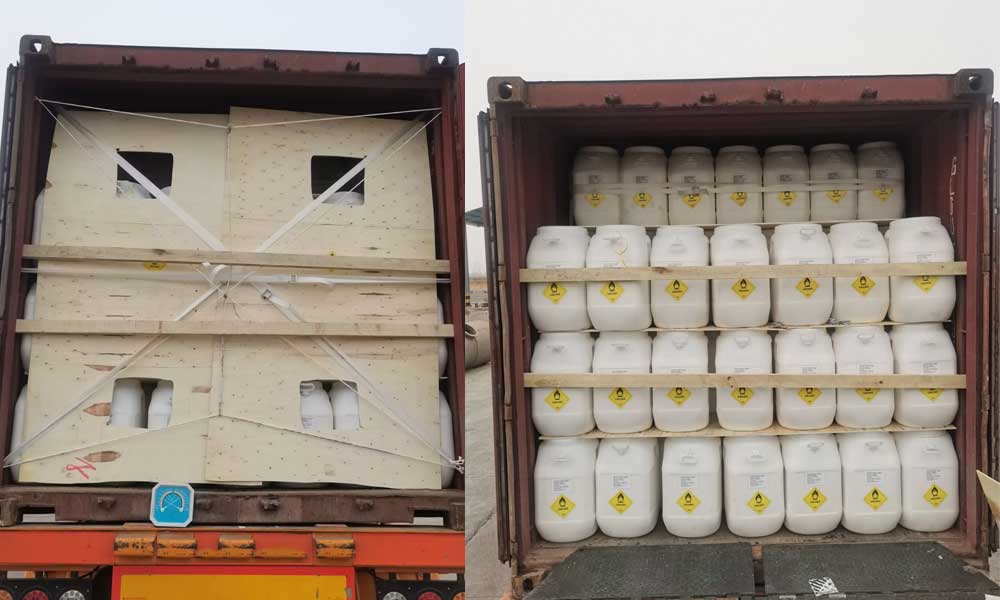Sodium Dichloroisocyanurate (SDIC), a potent chemical widely used in water treatment and disinfection processes, requires careful attention when it comes to storage and transportation to ensure the safety of both workers and the environment. SDIC plays a crucial role in maintaining clean and safe water systems, but mishandling can lead to hazardous situations. This article delves into the essential guidelines for the secure storage and transportation of SDIC.
Importance of Proper Handling
SDIC is commonly used in swimming pools, drinking water treatment plants, and other water systems due to its exceptional disinfection properties. It effectively eliminates bacteria, viruses, and other harmful microorganisms, contributing to public health and safety. However, its potential hazards necessitate meticulous care during storage and transportation.
Storage Guidelines
Secure Location: Store SDIC in a well-ventilated, dry, and cool area, away from direct sunlight and incompatible substances. Ensure the storage site is secure from unauthorized access.
Temperature Control: Maintain a stable storage temperature between 5°C to 35°C (41°F to 95°F). Fluctuations beyond this range can lead to chemical degradation and compromise its effectiveness.
Proper Packaging: Keep SDIC in its original packaging, tightly sealed to prevent moisture intrusion. Moisture can trigger a chemical reaction that reduces its potency and generates harmful byproducts.
Labeling: Clearly label storage containers with the chemical name, hazard warnings, and handling instructions. This ensures that workers are aware of the contents and potential risks.
Transportation Guidelines
Packaging Integrity: When transporting SDIC, use sturdy, leak-proof containers designed for hazardous chemicals. Double-check container lids and seals to prevent leaks or spillage.
Segregation: Separate SDIC from incompatible substances, such as strong acids and reducing agents, during transportation. Incompatible materials can lead to chemical reactions that release toxic gases or result in fires.
Emergency Equipment: Carry appropriate emergency response equipment, such as spill kits, personal protective gear, and fire extinguishers, when transporting SDIC. Preparedness is key to handling unexpected situations.
Regulatory Compliance: Familiarize yourself with local, national, and international regulations concerning the transportation of hazardous chemicals. Adhere to labeling, documentation, and safety requirements.
Emergency Preparedness
Despite precautions, accidents can happen. It’s crucial to have an emergency response plan in place for both storage facilities and during transportation:
Training: Train personnel in proper handling, storage, and emergency response procedures. This ensures that everyone is prepared to address unexpected situations.
Spill Containment: Have spill containment measures ready, such as absorbent materials and barriers, to minimize the spread of leaked SDIC and prevent environmental contamination.
Evacuation Plan: Establish clear evacuation routes and assembly points in case of emergencies. Regularly conduct drills to ensure everyone knows what to do.
In conclusion, the proper storage and transportation of Sodium Dichloroisocyanurate (SDIC) are paramount for ensuring the safety of both workers and the environment. Adhering to strict guidelines and regulations, maintaining packaging integrity, and having emergency response plans in place are essential steps to prevent accidents and mitigate potential risks. By following these measures, we can continue to harness the disinfecting power of SDIC while prioritizing safety above all else.
For more information on the safe handling of SDIC, refer to the Material Safety Data Sheet (MSDS) provided by the SDIC manufacturer and consult with chemical safety experts.
Post time: Aug-24-2023

